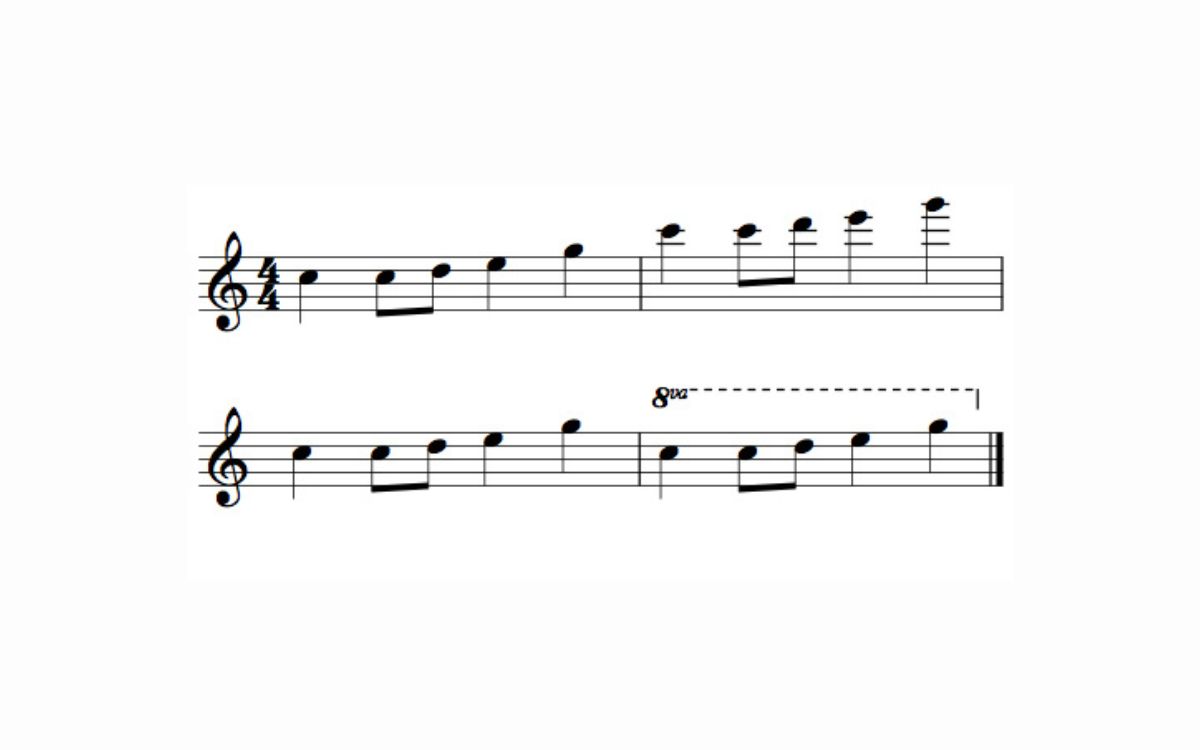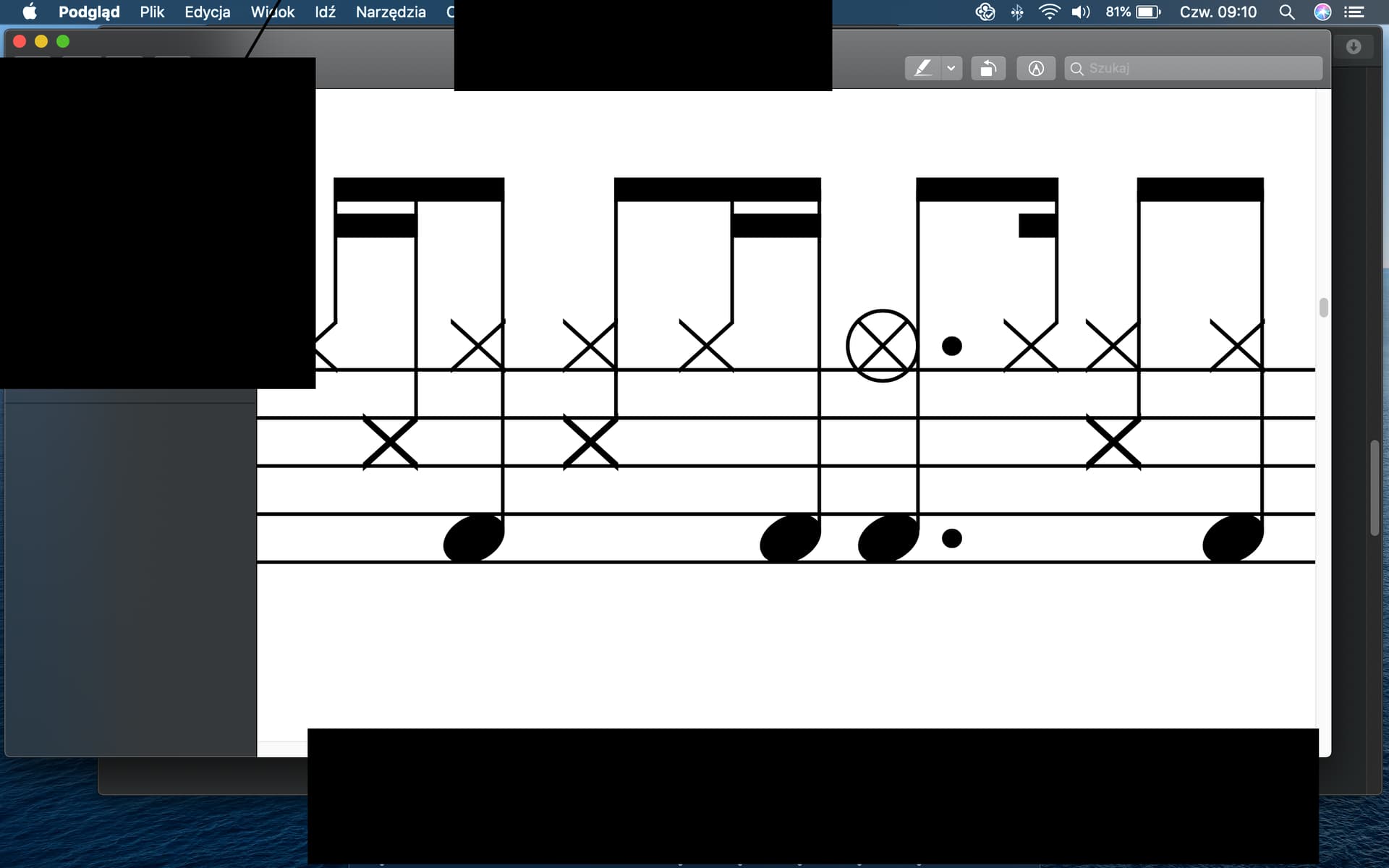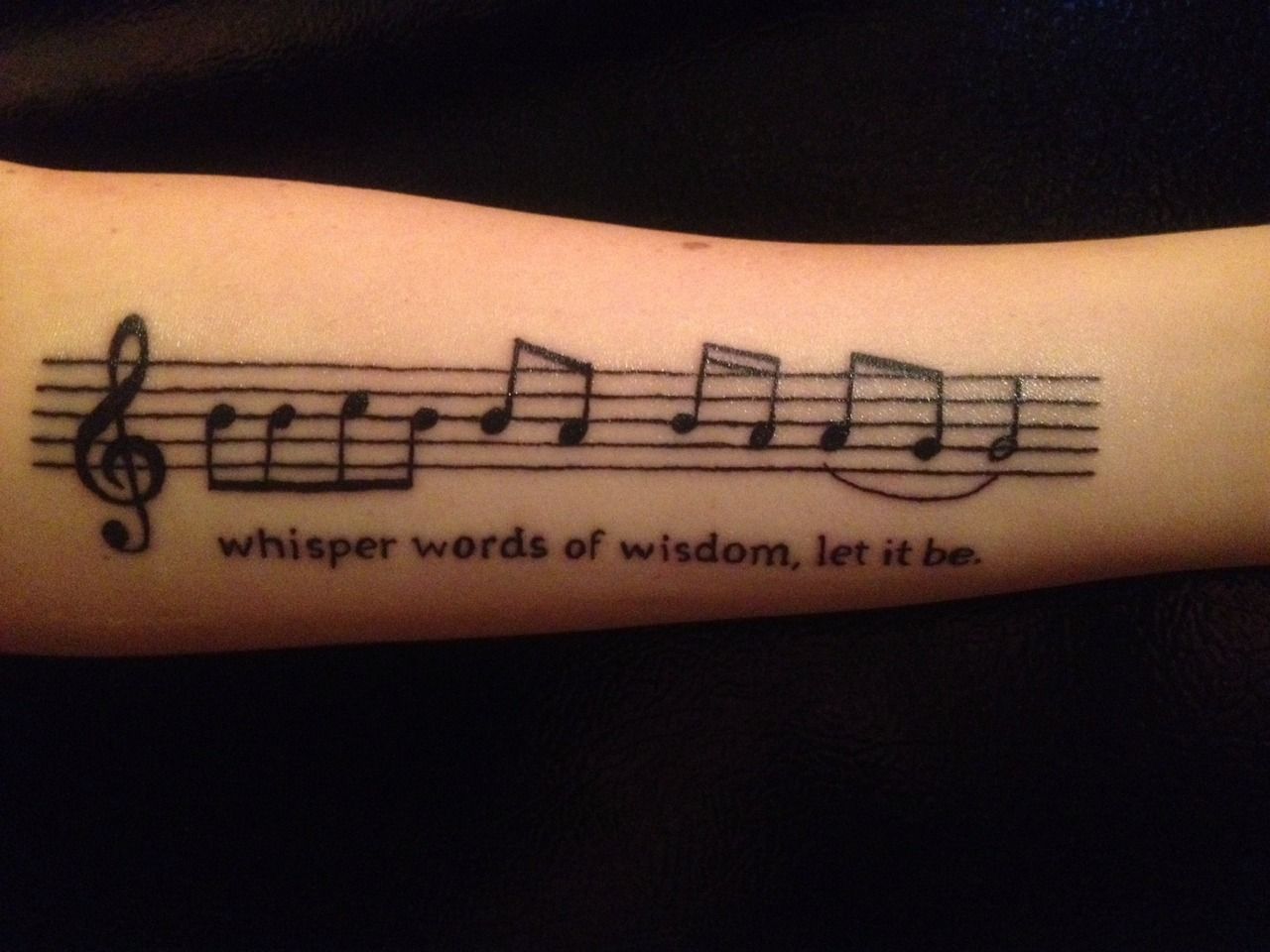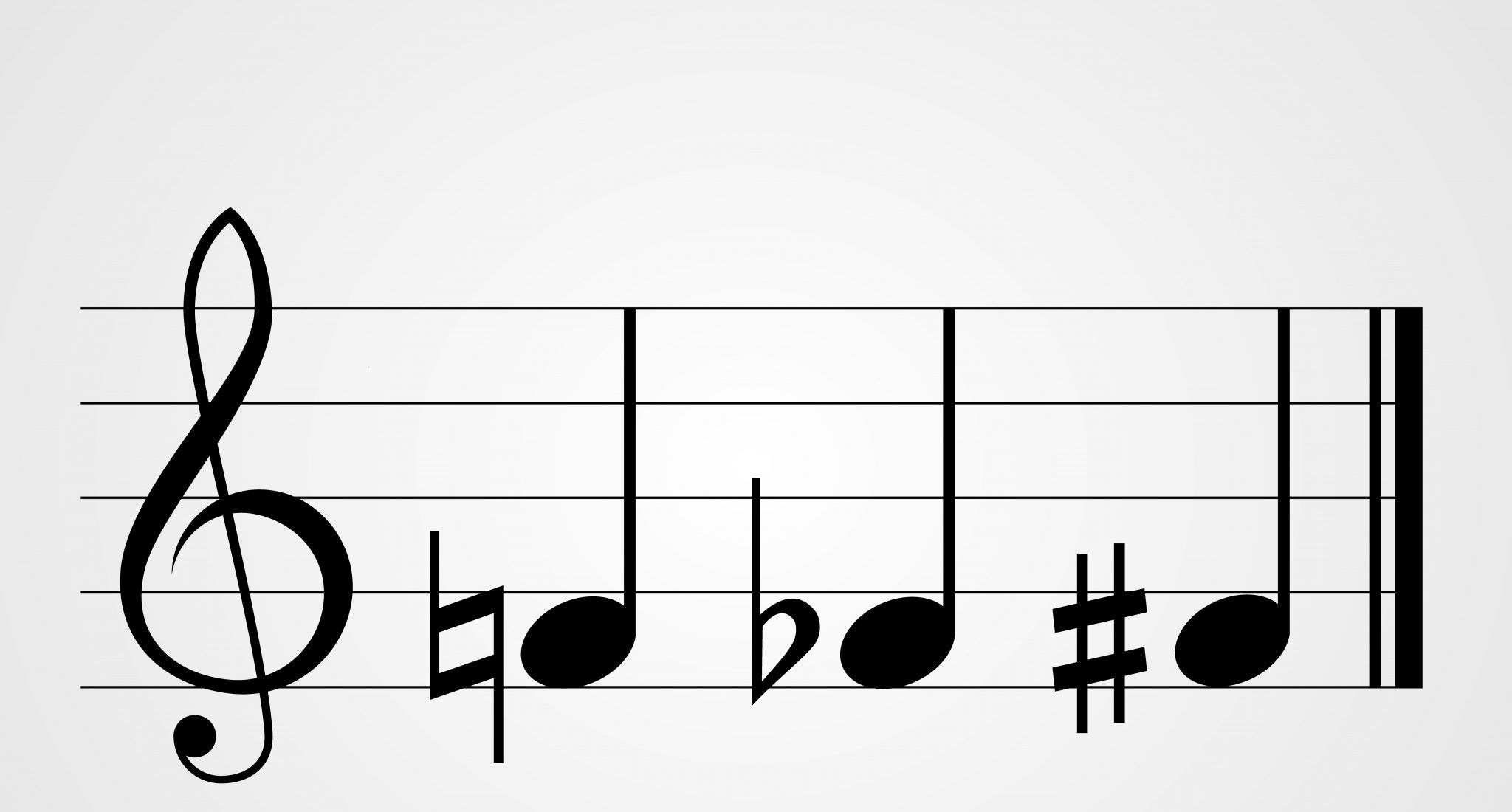Home>Production & Technology>Music Theory>Music Theory What Does A 2 In Numeral Mean
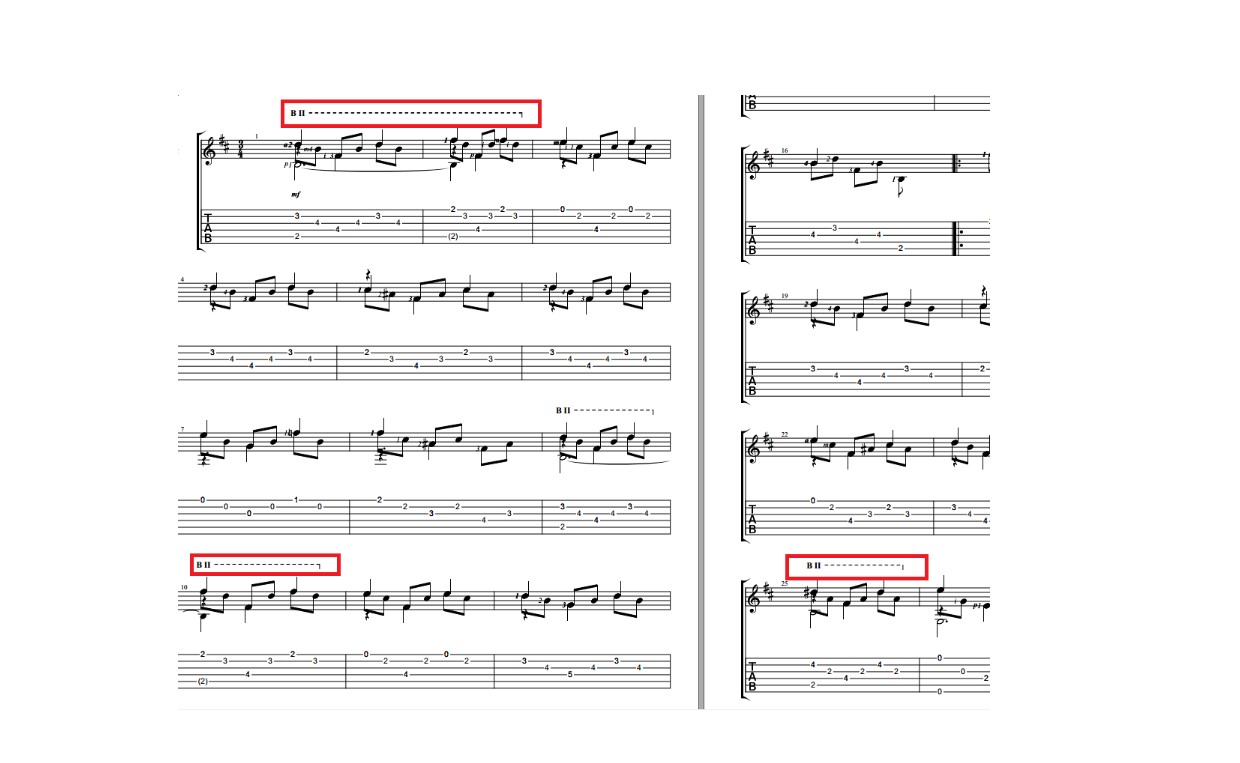

Music Theory
Music Theory What Does A 2 In Numeral Mean
Modified: January 31, 2024
Learn the meaning of a "2" in numeral in music theory. Explore how it influences chord progressions and harmonic analysis. Enhance your understanding of music theory.
(Many of the links in this article redirect to a specific reviewed product. Your purchase of these products through affiliate links helps to generate commission for AudioLover.com, at no extra cost. Learn more)
Table of Contents
Introduction
Music theory is the study of the principles and elements that govern the creation, structure, and performance of music. It provides a framework for understanding how music is composed and how different musical elements interact with each other. One important concept in music theory is numerals, which are symbols used to represent the chords and harmonic progressions within a piece of music.
In music theory, numerals are a shorthand way of indicating the chords in a key. They are based on the scale degrees of the key, with each numeral representing a different chord built on a particular scale degree. These numerals provide a universal language that musicians can use to communicate and analyze chord progressions.
One particular numeral that often comes up in music theory is the “2” numeral. Understanding what this numeral means is essential for comprehending chord progressions and harmonies in music. In this article, we will explore the meaning and application of the “2” numeral in music theory.
Definition of Numeral in Music Theory
In music theory, numerals are symbols used to represent the chords and harmonic progressions within a piece of music. They are derived from the scale degrees of a particular key and provide a shorthand way of indicating the chords built on each scale degree. By using numerals, musicians can analyze and communicate chord progressions in a key-independent manner.
Numerals in music theory are typically represented using Roman numerals, with uppercase Roman numerals indicating major chords and lowercase Roman numerals representing minor chords. The numerals are written above the bass note or the root of the chord, making it easier to understand the harmonic progression of a piece.
For example, in the key of C major, the C major chord would be represented as “I” (uppercase Roman numeral one), the D minor chord as “ii” (lowercase Roman numeral two), the E minor chord as “iii” (lowercase Roman numeral three), and so on.
These numerals can be thought of as a musical “code” that allows musicians to easily understand and analyze the chord progression of a piece, regardless of the key in which it is written. They provide a consistent and universal way of communicating harmonic relationships within music.
Now that we understand the general concept of numerals in music theory, let’s delve deeper into the specific meaning and function of the “2” numeral.
Understanding the Basic Numeral System
The basic numeral system in music theory is based on the degrees of a major scale. Each degree or note of the scale is assigned a numeral, creating a system that represents the chords built on each scale degree. This system provides a way to analyze chord progressions and identify the relationships between different chords in a key-independent manner.
The major scale follows a specific pattern of whole steps and half steps: W-W-H-W-W-W-H (W = whole step, H = half step). The scale degrees of the major scale are denoted as follows:
- “I” (Roman numeral one) represents the chord built on the first scale degree, which is the tonic or the root chord of the key.
- “ii” (Roman numeral two) represents the chord built on the second scale degree.
- “iii” (Roman numeral three) represents the chord built on the third scale degree.
- “IV” (Roman numeral four) represents the chord built on the fourth scale degree.
- “V” (Roman numeral five) represents the chord built on the fifth scale degree.
- “vi” (Roman numeral six) represents the chord built on the sixth scale degree.
- “vii°” (Roman numeral seven with a ° symbol indicating diminished) represents the chord built on the seventh scale degree.
By utilizing this system, musicians can identify the chords used within a particular key and analyze the chord progressions more efficiently. The numerals help establish the harmonic relationships between chords and provide a common language for musicians to communicate with one another when discussing music theory and composition.
Now that we have a foundation of the basic numeral system in music theory, let’s explore the specific meaning and implications of the “2” numeral in chord progressions.
What Does a “2” in Numeral Mean?
In the numeral system of music theory, the “2” indicates the chord built on the second scale degree of a major key. It is written as “ii” in Roman numerals and represents a minor chord.
The “2” chord in a major key is typically a minor chord because it is built on the second degree of the major scale, which is a whole step below the tonic or the root chord. For example, in the key of C major, the “2” chord is D minor (represented as “ii”).
The “2” chord adds color and tension to a chord progression, creating a sense of movement and anticipation. It is often used as a transitional chord, leading to the dominant chord (V) or other chords within the key. The minor quality of the “2” chord adds a melancholic or introspective mood to the music.
For example, in a common chord progression like I – IV – V – ii – V – I, the “2” chord (ii) acts as a temporary departure from the tonic chord (I) and sets up the resolution back to the tonic at the end. Its placement before the dominant chord (V) creates a sense of tension and prepares for the final resolution.
The “2” numeral can also appear in other contexts and keys. In minor keys, the chord built on the second scale degree is often a diminished chord, represented as “ii°”. Additionally, different modes and scales can have their own unique variations of the “2” chord. However, in the context of the basic numeral system in music theory, the “2” primarily refers to a minor chord in a major key.
Understanding the significance of the “2” numeral in chord progressions allows musicians to analyze and appreciate the harmonic complexity and emotional impact of a piece of music. It adds depth and variety to compositions and offers countless creative possibilities for musicians and composers.
Application in Chord Progressions
The “2” numeral plays a crucial role in creating interesting and dynamic chord progressions. It adds color, tension, and a sense of movement to the harmonies, allowing musicians to create unique and compelling musical compositions.
One common application of the “2” numeral is its use as a transitional chord between the tonic (I) and dominant (V) chords. For example, in a I – IV – V – ii – V – I progression, the “2” chord (ii) acts as a bridge between the tonic and dominant chords, creating a sense of forward momentum and preparing the listener for the resolution back to the tonic.
The “2” chord can also be used as a substitution for other chords within a progression to add variety and tension. For instance, in a I – vi – IV – ii progression, the “2” chord replaces the standard iii chord, introducing a different harmonic flavor while still maintaining the overall progression’s integrity.
Furthermore, the “2” numeral can be used to create modal interchange or borrow chords from other related keys. This technique adds harmonic richness and complexity to a composition. For example, in the key of C Major, the “2” chord (Dm) can be borrowed from the key of G Major, which shares the same key signature. This borrowing adds a touch of modal interchange and can create a subtle change in the overall mood and feel of the music.
Additionally, musicians can employ the “2” numeral in combination with other numerals to create more intricate and colorful chord progressions. For instance, a progression like IV – ii – V – I emphasizes the “2” chord in between the subdominant (IV) and the dominant (V). This progression provides a strong sense of tension and resolution.
It is essential to note that the application of the “2” numeral is not limited to a specific musical genre or style. Whether in classical music, jazz, pop, or rock, the “2” numeral can be utilized to create captivating and engaging chord progressions that evoke various emotions and enhance the overall musical experience.
By understanding and utilizing the “2” numeral in chord progressions, musicians have a valuable tool at their disposal to craft harmonically interesting and expressive compositions.
Common Examples of Chords with a “2” Numeral
The “2” numeral in music theory represents a minor chord built on the second scale degree. It is a versatile and widely used chord that appears in various musical genres and compositions. Here are some common examples of chords with the “2” numeral:
- Dm (D minor): In the key of C major, the “2” chord is D minor. This chord is often used as a transitional chord, creating a sense of tension and leading to the dominant chord or other chords within the key. It adds a touch of melancholy and introspection to the music.
- Em (E minor): In the key of D major, the “2” chord is E minor. This chord has a similar function to the Dm chord in the key of C major. It brings a sense of movement and anticipation, preparing for the resolution back to the tonic chord.
- Am (A minor): In the key of G major, the “2” chord is A minor. This chord is often used as a substitution for the iii chord, providing a different harmonic color to the progression. It adds depth and variety to the composition.
- Bm (B minor): In the key of A major, the “2” chord is B minor. This chord serves as a transitional chord, leading to the dominant or other chords within the key. Its minor quality creates tension and creates a longing or contemplative mood.
These examples showcase the versatility of chords with the “2” numeral and their ability to enhance the emotional and harmonic richness of a piece. They can be used in various ways, including as transitional chords, substitutions, or simply as part of a progression to add variation and interest.
It is worth noting that the use of the “2” numeral is not limited to these examples or specific keys. Each key has its own corresponding “2” chord, and musicians can explore different combinations and progressions to create their unique musical voice.
By familiarizing oneself with common chords with the “2” numeral, musicians can expand their harmonic vocabulary and utilize these chords to create captivating and expressive compositions.
The Function and Role of the “2” Numeral in Chords
The “2” numeral in music theory plays a distinctive function and role in chord progressions. Understanding its function allows musicians to harness its potential and incorporate it effectively in their compositions. Let’s explore the key aspects of the “2” numeral:
Tension and Resolution: The “2” chord introduces tension in a chord progression. As a minor chord built on the second scale degree, it adds a sense of yearning or anticipation for resolution. The resolution typically occurs when the “2” chord progresses to the dominant (V) or the tonic (I) chord, providing a satisfying release of tension.
Transitional and Leading: The “2” chord often serves as a transition between chords or as a stepping-stone to another part of the progression. It smoothly connects different sections of the music, creating a sense of flow and continuity. Used in this way, the “2” chord guides the listener from one harmonic area to another.
Color and Contrast: The presence of the “2” numeral adds harmonic color and contrast to a chord progression. When juxtaposed with major chords or other minor chords in a major key, the “2” chord provides a distinct tonal quality and emotional impact. It can create a bittersweet or introspective atmosphere that adds depth and variety to the music.
Substitution and Variation: The “2” chord can be used as a substitute for other chords, bringing a fresh perspective to a progression. For example, it can often replace the iii chord to introduce a different flavor while maintaining the harmonic integrity of the music. This substitution adds interest and allows for creative exploration in compositions.
Melodic and Harmonic Integration: The “2” chord can align with melodic lines to create melodic-harmonic integration. By incorporating the notes of the “2” chord into the overall melody, the composer can establish a cohesive and unified musical expression. This integration enhances the emotional impact and musical coherence of the composition.
The role of the “2” numeral in chords is multifaceted, contributing to tension, resolution, color, and harmonic variety. It serves as a versatile tool for musicians and composers to craft captivating and expressive chord progressions. By understanding the function and role of the “2” numeral, musicians can make informed choices about its inclusion in their compositions, allowing for a deeper connection with listeners and a more engaging musical experience.
Conclusion
Understanding the significance of the “2” numeral in music theory opens up a world of possibilities for musicians and composers. This minor chord built on the second scale degree adds tension, color, and movement to chord progressions, enhancing the emotional richness and harmonic complexity of a piece of music.
By incorporating the “2” chord in transitions, substitutions, or variations within a progression, musicians can create captivating and diverse musical compositions. Whether used as a transitional chord leading to the dominant or as a substitute for other chords, the “2” numeral offers unique harmonic possibilities and creative potential.
The “2” numeral contributes to melodic and harmonic integration, allowing for the alignment of melodic lines with chord progressions. This integration creates a cohesive and expressive musical narrative, enhancing the overall impact and resonance of the composition.
Furthermore, the “2” numeral plays a crucial role in establishing tension and resolution, providing moments of anticipation and satisfying release. This musical contrast adds depth and nuance to the progression, capturing the listener’s attention and creating an engaging musical journey.
As musicians delve into the world of music theory, understanding the role of the “2” numeral expands their harmonic vocabulary and empowers them to create compositions that are musically compelling and emotionally evocative.
In conclusion, the “2” numeral in music theory is not only a symbol but a powerful tool for expression. By embracing its function and exploring its application, musicians can unlock new possibilities to craft captivating and meaningful musical compositions.

